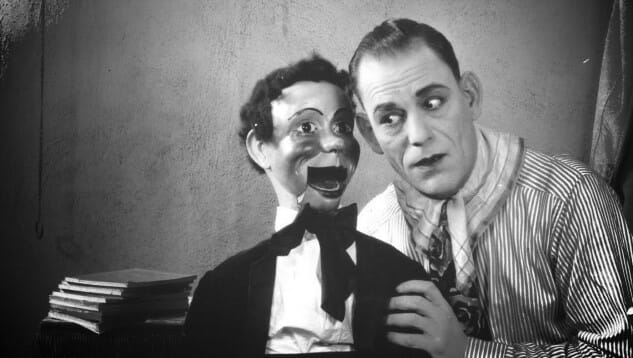The Best Horror Movie of 1930: The Unholy Three

This post is part of Paste’s Century of Terror project, a countdown of the 100 best horror films of the last 100 years, culminating on Halloween. You can see the full list in the master document, which will collect each year’s individual film entry as it is posted.
The Year
It’s years like 1930 that make our Century of Terror a genuinely challenging project to undertake. Put simply, this is one of the weaker overall years in horror history, and probably the weakest year for horror in the (mostly) pre-sound era.
It’s funny to think that such a fallow year would fall now, of all times—a true calm before the storm, one year before a bumper crop completely transforms the genre in 1931. Had Universal’s Dracula but arrived a month and a half earlier (it was released Feb. 12, 1931), it would be the obvious pick for this year, blowing the rest of the competition out of the water. Instead, things get a lot more obscure, and there really isn’t any classic offering. Several of the films we discuss this year are tenuously “horror” at best.
Old Dark House movies at least have some representation in 1930, although Rupert Julian’s The Cat Creeps, one of several remakes of The Cat and the Canary, is now considered lost. The most notable of the other films is The Bat Whispers, another by-the-books Old Dark House yarn about a masked bank robber/potential monster named The Bat who terrorizes the inhabitants of a country house on a dark and stormy night. Although a serviceable example of the genre, the film is remembered by many today as being a potential inspiration for Batman, as cited by the character’s co-creator, Bob Kane, rather than for its other merits.
Ingagi, meanwhile, is mostly just notable as an example of the era’s incredible racial insensitivity, as the tale about African women (white actors in blackface) breeding with monstrous gorillas was indicative of the purportedly “ethnographic” films of the time, which were in reality largely excuses to deliver nudity and sexual suggestiveness on screen under the guise of “education” on foreign/savage cultures.
1930 Honorable Mentions: The Bat Whispers, The Cat Creeps, Ingagi
-

-

-

-

-

-

-

-

-

-

-

-

-

-

-

-

-

-

-

-

-

-

-

-

-

-

-

-

-

-

-

-

-

-

-

-

-

-

-

-








































